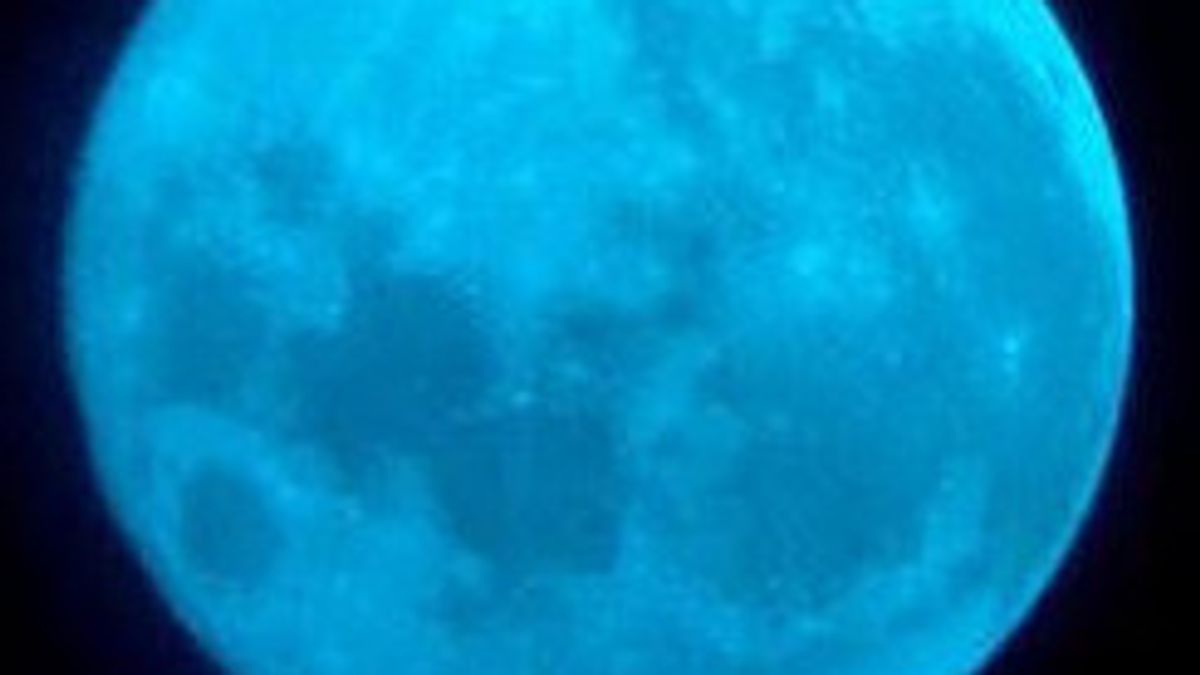JAKARTA - In August, there will be many celestial phenomena that can be enjoyed with one of them being the first full moon dubbed the Surgeon Moon.
Surgeon Moon is scheduled to appear on August 1, which will peak at 14:32 EDT or 00:02 WIB tomorrow.
To see the Moon rising, astronomy lovers must look southeast. Surgeon Moon is the second of the four supermoons scheduled for this year.
Usually, the supermoon will exceed the size of the moon disk by up to 8 percent and about 16 percent brighter than the usual Moon.
The name Sturgeon Moon refers to the year when giant Sturgeon fish in Lake Besar and Lake Champlain are most often caught.
It is also known as green corn moon, granine moon, moon flying-up, harvest moon, racing moon, black chambers moon and mountain shadow moon.
Not only the Surgeon Moon, other phenomena are also present to decorate the sky in August, here's the list below.
Peak of Perseids Meteor Rain (12-13 August)
The meteor shower is estimated to peak around August 13. EarthSky said the Moon would be illuminated about 10 percent during this year's peak.
Perseids will rise to the summit gradually and then drop rapidly, tending to strengthen the number as the night turns into an early morning of up to 90 meteors per hour.
In fact, the meteor often appears colorful and is best seen before dawn with a dark sky without a moon.
The Month of the Antares Okultism (August 24)
In this phenomenon, the Moon will pass in front of the bright red-orange star Antares at the heart of Scorpius, creating lunar occultations that are expected to be seen in Mexico, the United States (US) and Canada.
For those in East time, the occultation will begin with the disappearance of Antares (Alpha Scorpii) behind the moon at around 22.52.
The moon will be 25 days past the new moon and 57 percent illuminated. The Antares will disappear behind the dark side of the moon and then reappear from behind the illuminated side.
Bluemoon (August 30)
Bluemoon or blue supermoon is a term commonly used for months that have two full moons like this August.
According to NASA, they occur every two to three years and usually not blue. The moon with a blue rona is the result of water droplets in the air, certain types of clouds, or particles thrown into the atmosphere by natural disasters, such as volcanic ash and smoke.
The phenomenon will reach the peak illumination at 21:36 EDT, Wednesday, August 30. This full moon will also be the closest, largest, and brightest full moon this year, as the Moon will be very close to Earth at 222,043 miles.
Citing the Time and Date website, the last Bluemoon occurred in December 2009 and will not happen until August 2032. This was reported by Popsci, Tuesday.
The English, Chinese, Japanese, Arabic, and French versions are automatically generated by the AI. So there may still be inaccuracies in translating, please always see Indonesian as our main language. (system supported by DigitalSiber.id)








